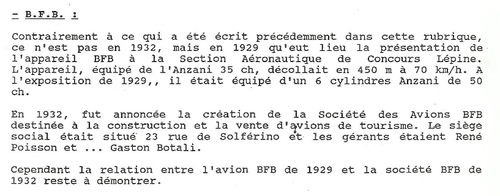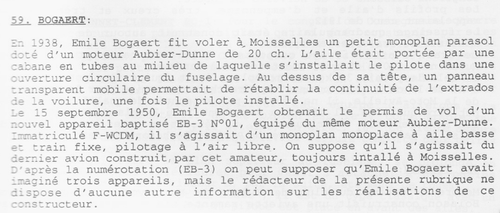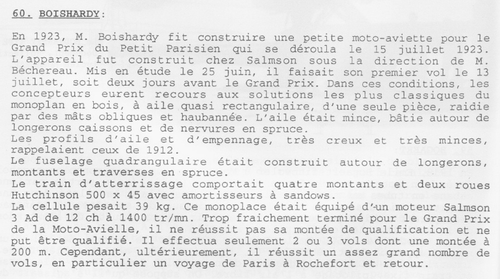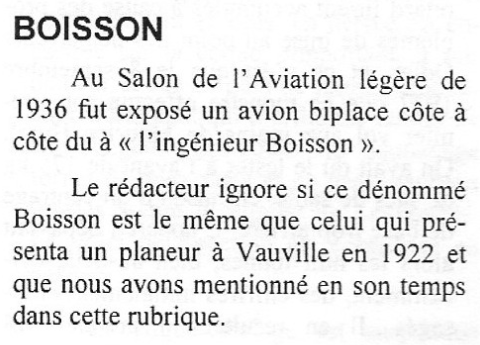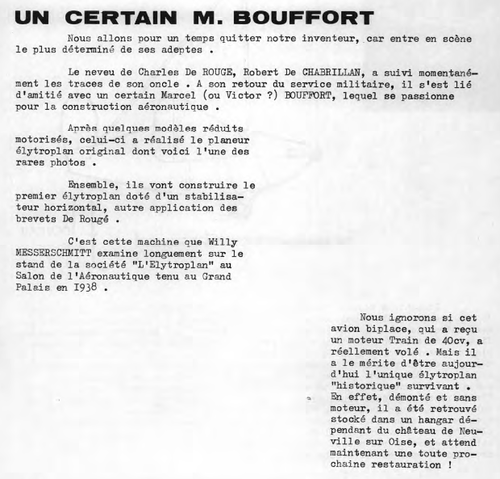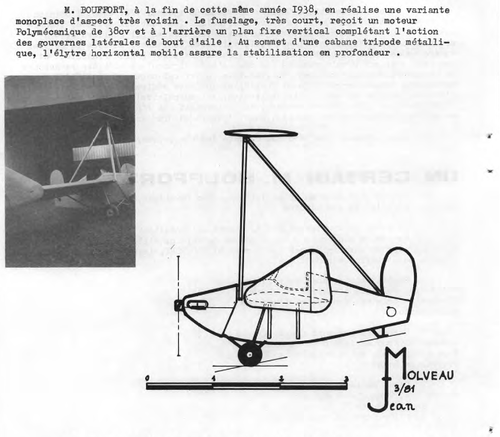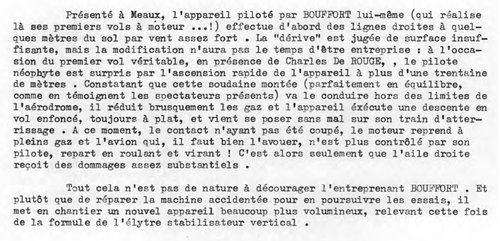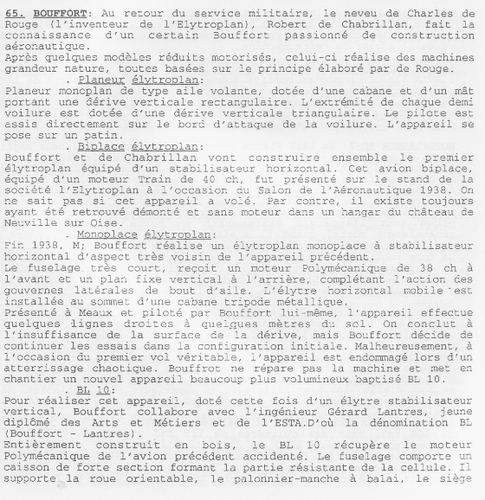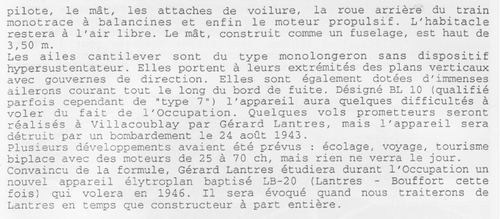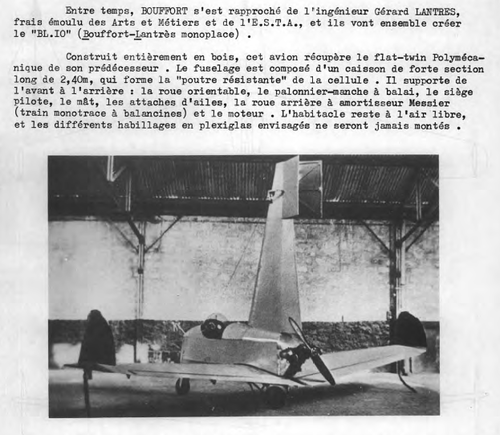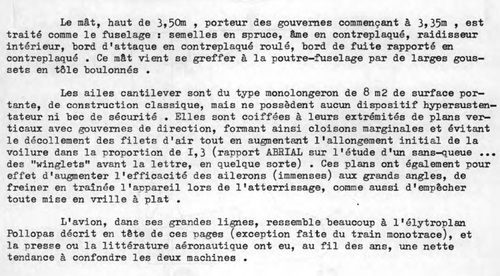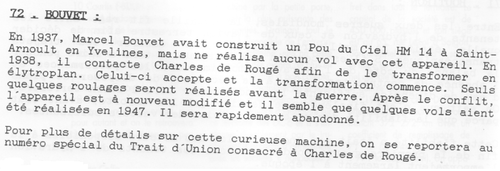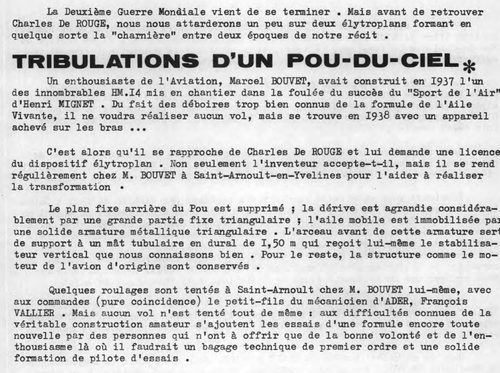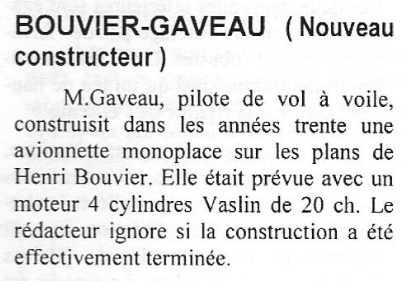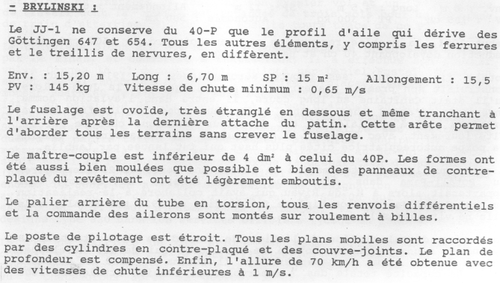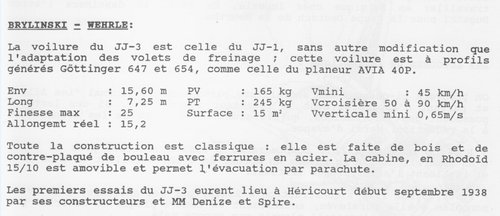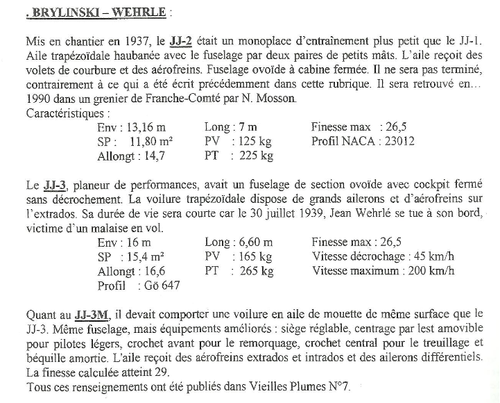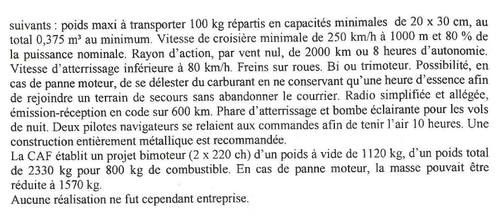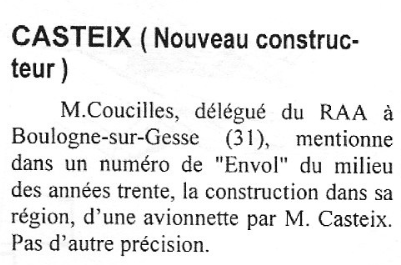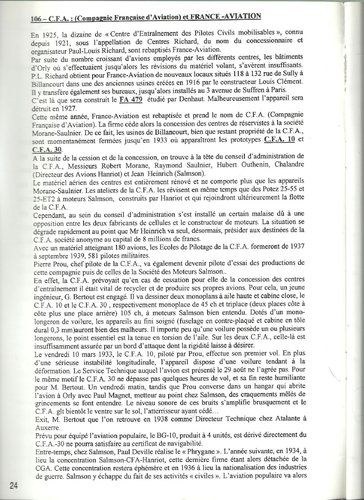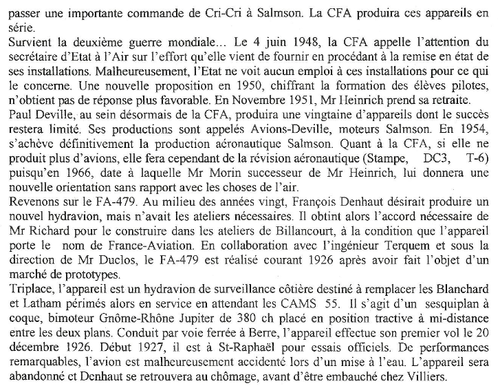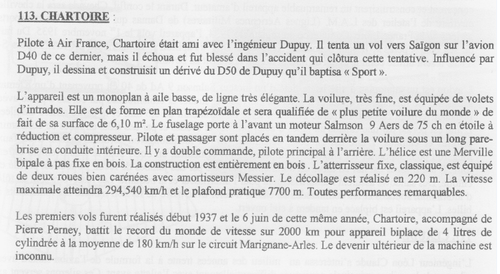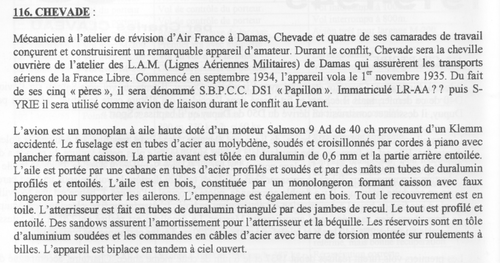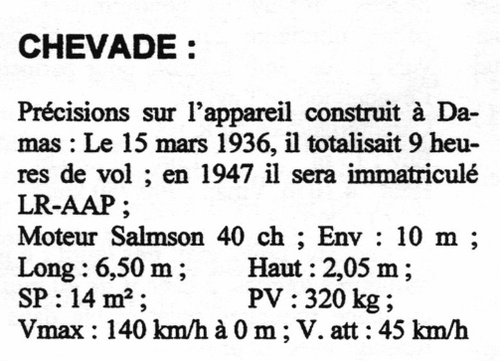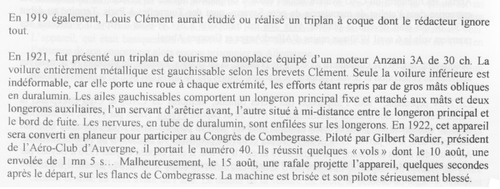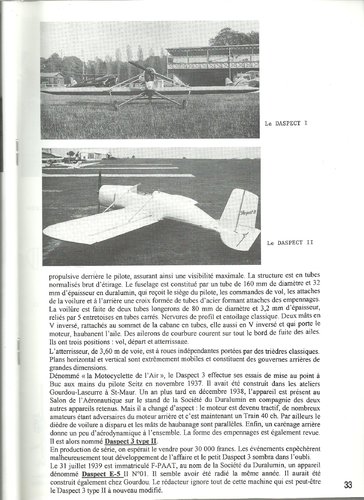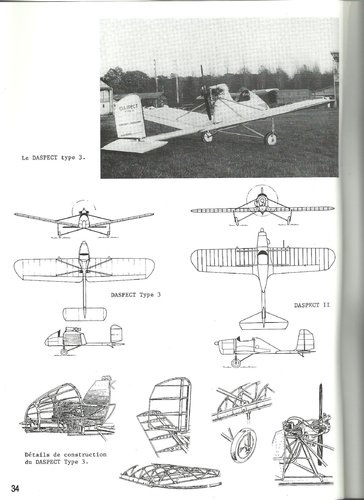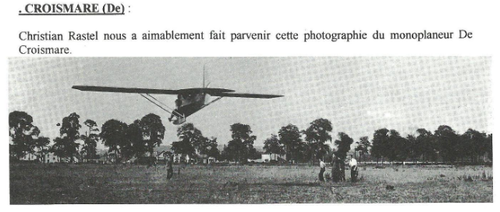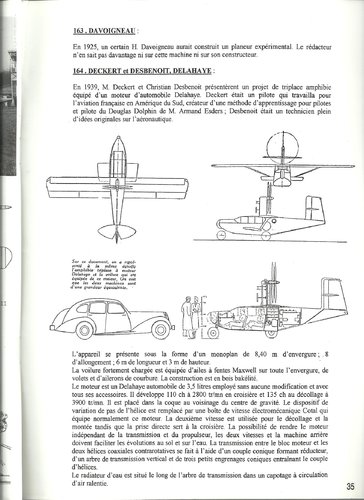- Joined
- 26 May 2006
- Messages
- 34,894
- Reaction score
- 15,759
From TU 147 & 170;
Mr. Gratien Beyt, from Toulouse, did his pilot training towards the end of the first world conflict on the training
tracks around your city of Pau, using Nieuport devices.Subsequently, he built two airplanes: The first was equipped
with a Harley-Davidson engine. Drouillet, pilot of the squadron club at Francazal, will just try it on the ground.
The second was a parasol monoplane parasol, fitted with a 14-horsepower, 4-cylinder Ford engine. This automobile
engine had a major drawback, a mass of 75 kg. The landing gear was made up of motorcycle wheels. This machine
carried out its first tests in 1932 at Francazal.
Mr. Gratien Beyt, from Toulouse, did his pilot training towards the end of the first world conflict on the training
tracks around your city of Pau, using Nieuport devices.Subsequently, he built two airplanes: The first was equipped
with a Harley-Davidson engine. Drouillet, pilot of the squadron club at Francazal, will just try it on the ground.
The second was a parasol monoplane parasol, fitted with a 14-horsepower, 4-cylinder Ford engine. This automobile
engine had a major drawback, a mass of 75 kg. The landing gear was made up of motorcycle wheels. This machine
carried out its first tests in 1932 at Francazal.

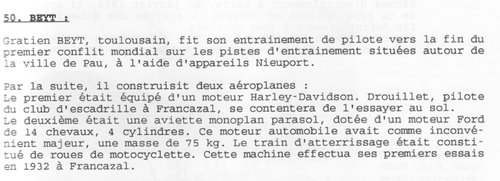

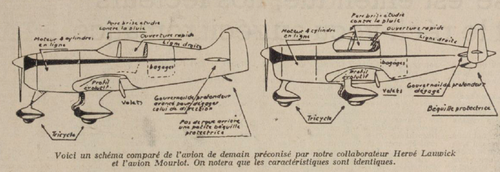
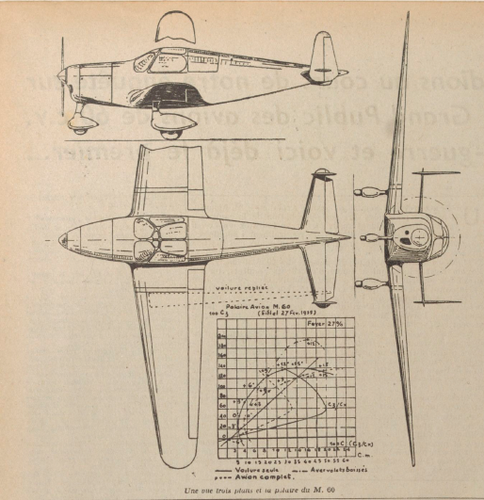
![L'Air___revue_mensuelle___[...]Ligue_nationale_bpt6k97964660_7.jpeg](/data/attachments/160/160585-a26637f27909ad6bcf213b6682632e49.jpg)
![L'Air___revue_mensuelle___[...]Ligue_nationale_bpt6k97964660_8.jpeg](/data/attachments/160/160586-05f64c8774195f54633a185c4d77d803.jpg)
